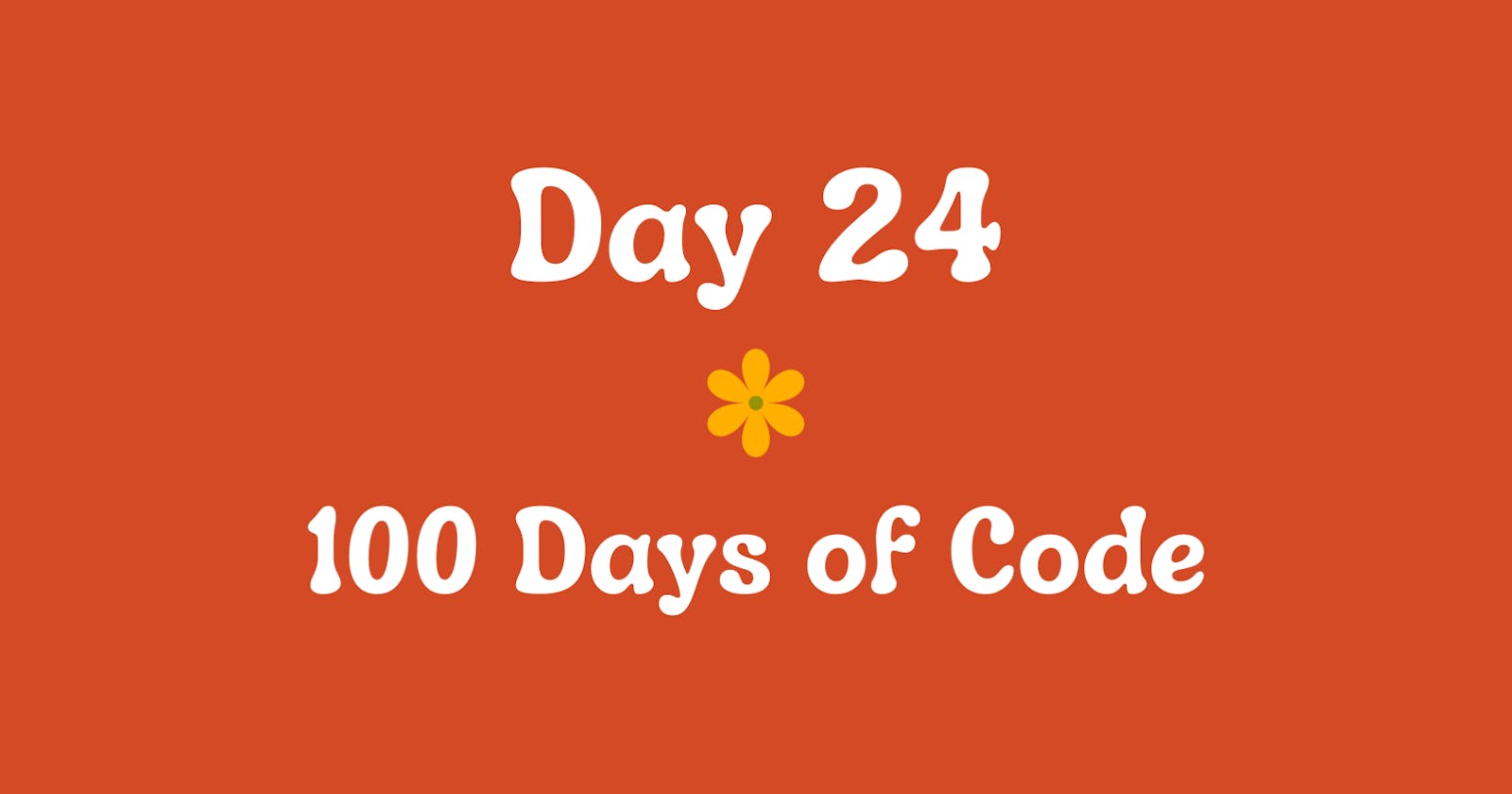Describe the difference between 'useState' and 'useEffect' hooks in React
Both of these hooks are fundamental to building functional components with state and effect in React. With the 'useState' hook, the purpose is used to manage and update the state within a functional component. It allows you to declare and manipulate state variables. You can use this hook to declare a state variable and its initial value. It returns an array with the current state value and a function to update that state value. 'useState' is primarily for managing local component state, and it triggers re-renders when the state changes. It's commonly used for handling UI-related state within a component.
'useEffect' is something that I've been working on in projects this week to understand a bit better. This hook is used for managing side effects in functional components. Side effects can include data fetching, DOM manipulation, and subscriptions. It allows you to perform actions after the component renders. You can use this hook by passing a function that contains the code you want to run after rendering. It also accepts an optional array of dependencies that specify when the effect should be re-run. If you omit this array the effect runs after every render by default.
How can you share state between sibling components in React?
We can share state between siblings by lifting state up or using a state management library like Redux or React's Context API.
Lifting State Up: you move the shared state to a common parent component of the sibling components. The common parent holds the state and passes it down to the sibling components are props. When one sibling needs to update the shared state, it calls a function passed as a prop by the parent component.
Using React Context API: allows you to create a context object that can hold a global state and provide it to components without passing props explicitly. You can define a context provider component to wrap your application and provide the shared state to any component that needs it.
The choice between them depends on the complexity of your application and your preference for managing state. For complex scenarios, a state management library like Redux might be a good option.
Explain the concept of local component state versus global state management in React
Local component: This state refers to managing and storing data within a single component. This state is not shared with other components and is private to that specific component. You use local state with the 'useState' hook or class-based component state to manage data that is relevant only to that component and doesn't need to be shared with other parts of your application.
Global State Management: This involves storing and managing applications-wide or shared state that can be accessed and modified by multiple components across your application. Typically, you use a state management library like Redux, or React's Context API for global state management. These libraries allow you to create a centralized context where data can be shared and accessed by various components.
Choosing between the two depends on the specific requirements of your application. Generally, local state is simpler and more suitable for UI-specific data, while global state management is more useful for shared data and complex application-wide state management needs.
